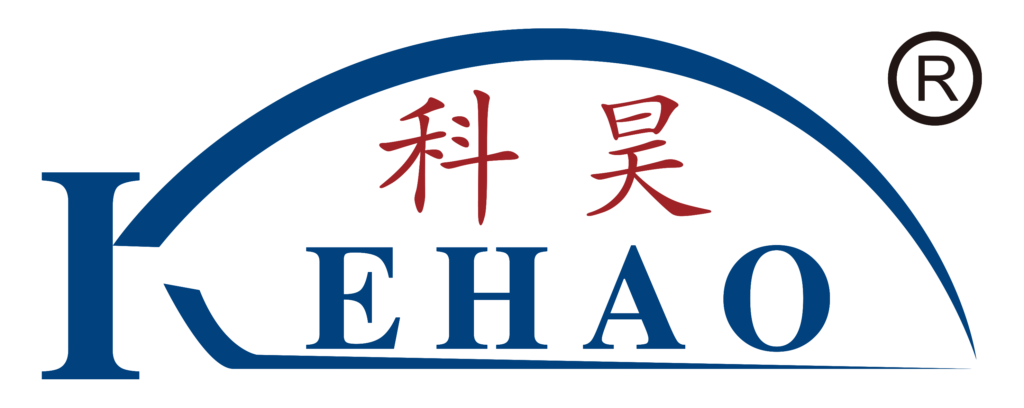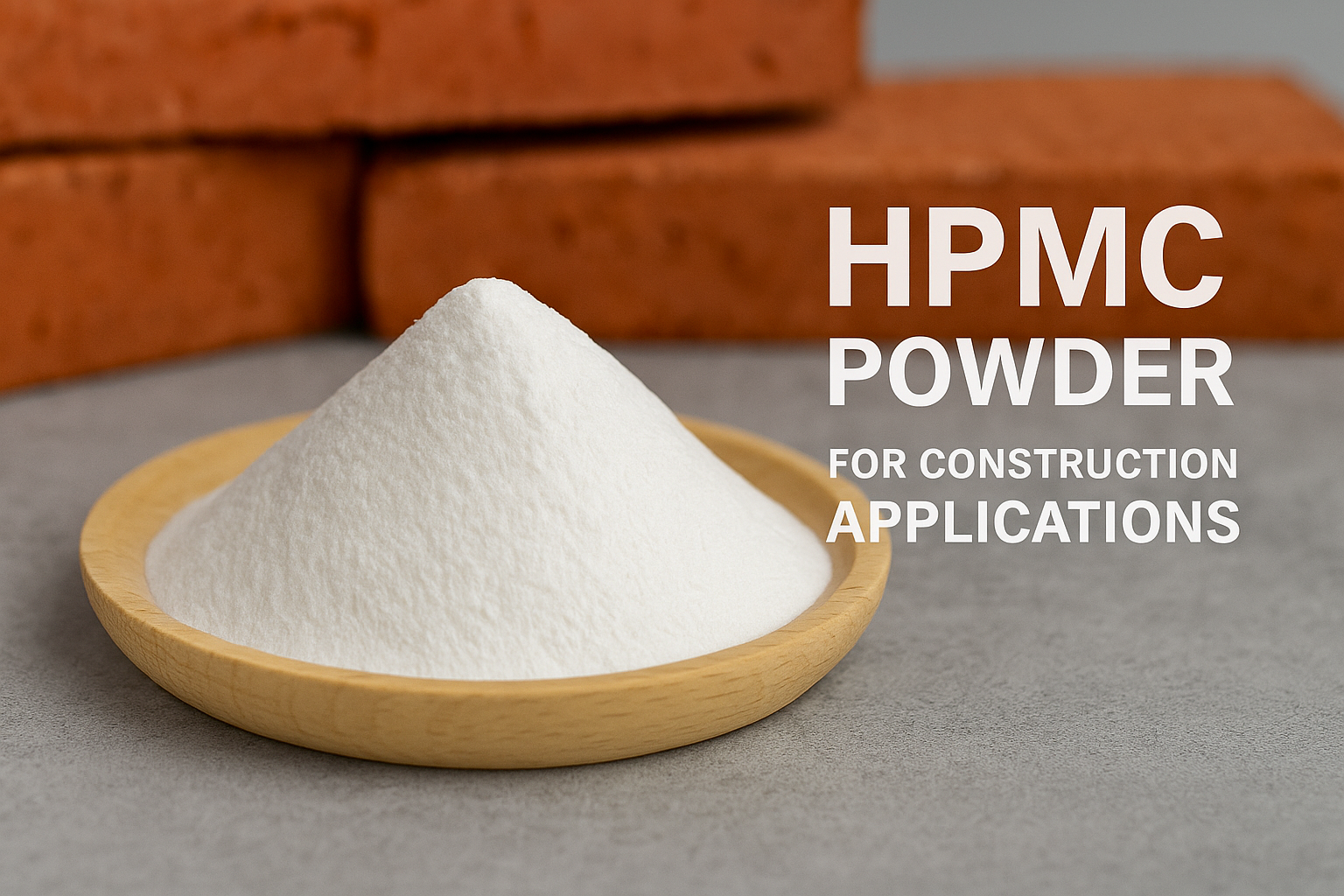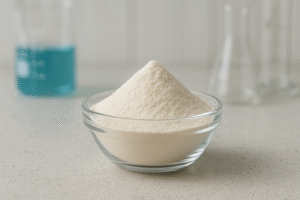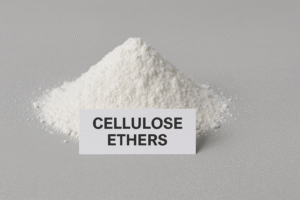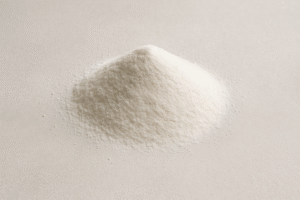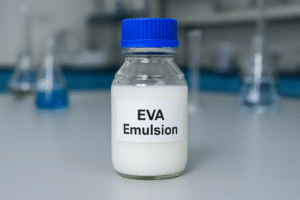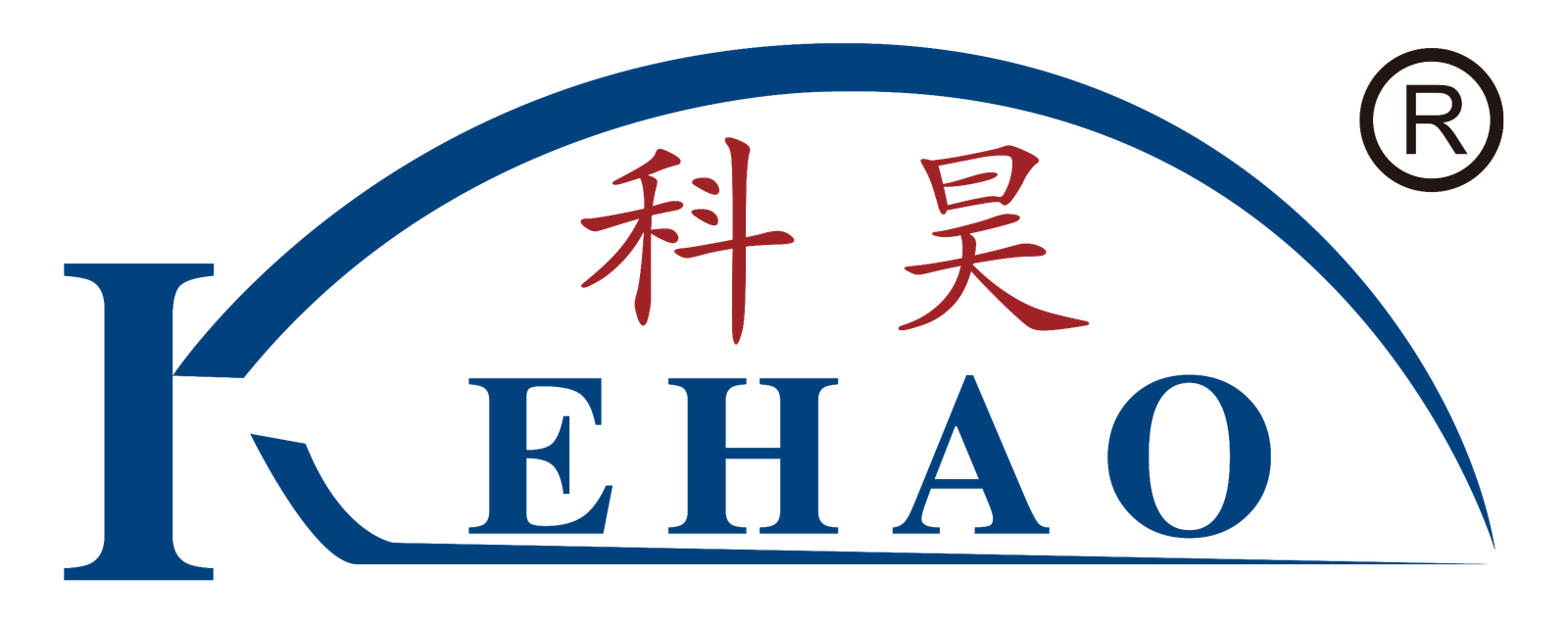Are you struggling with consistency issues in your construction materials? Poor water retention and workability can lead to project delays and quality problems that cost you time and money.
HPMC (Hydroxypropyl Methyl Cellulose)1 is a modified cellulose ether that serves as a critical additive in construction materials. It improves water retention, enhances workability, increases adhesion, and provides thickening effects in mortars, tile adhesives, and other building products.
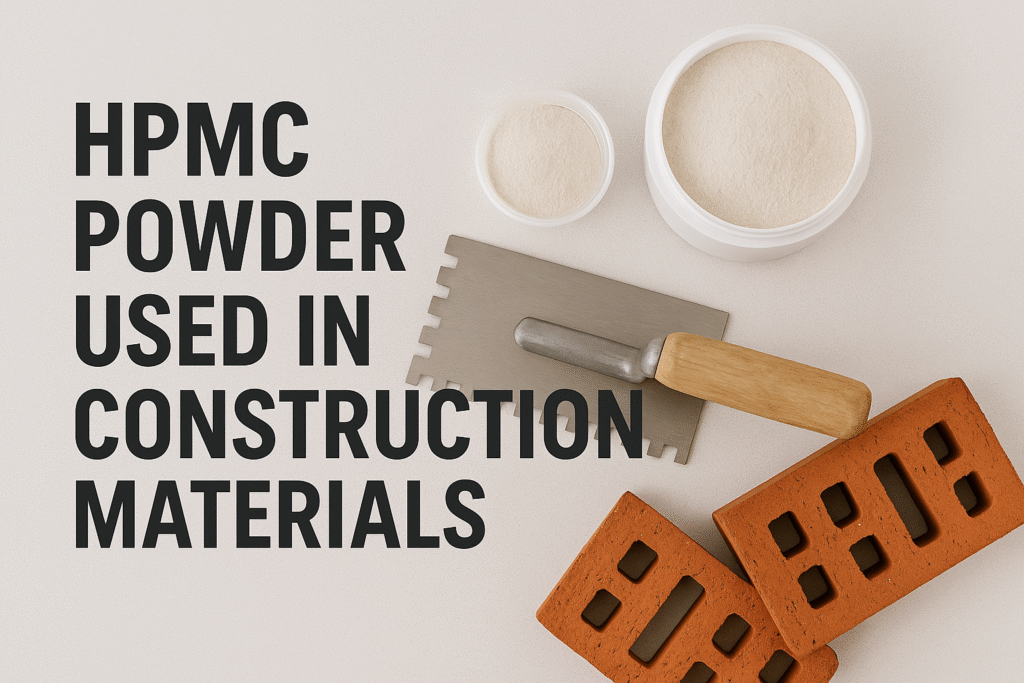
I've been supplying HPMC to construction material manufacturers for over 15 years, and I've seen firsthand how this versatile additive transforms ordinary products into high-performance building materials. Let me share what makes HPMC so valuable and answer the most common questions my customers ask.
What Are the Main Functions of HPMC in Construction Materials?
Do you want your concrete, mortar, or adhesive to perform better in various conditions? Using the wrong additive can result in cracking, poor adhesion, and application difficulties that frustrate your customers.
HPMC primarily functions as a water retention agent, thickener, binder, film former, and stabilizer in construction materials. It helps maintain proper consistency, extends working time, improves adhesion to surfaces, and prevents water from evaporating too quickly during the curing process.
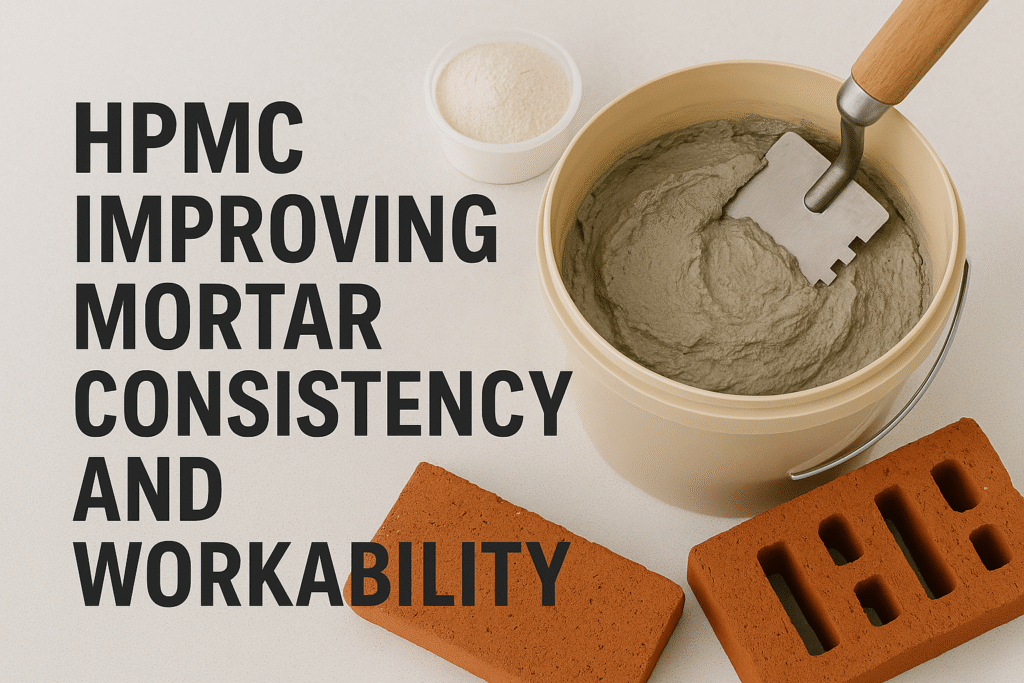
HPMC transforms construction materials in several important ways that benefit both manufacturers and end-users. When I visit construction sites with my clients, they often point out how HPMC-enhanced mortars spread more smoothly and stay workable longer, especially in hot climates like Saudi Arabia or the UAE.
The water retention capacity of HPMC is perhaps its most valuable feature. By forming a protective colloid in water, HPMC molecules slow down water evaporation, giving cement and other components enough time to fully hydrate and develop optimal strength. This is particularly critical in dry or hot environments where rapid water loss can lead to cracking and reduced durability.
Beyond water retention, HPMC significantly improves material rheology—the flow behavior of fresh mixtures. It creates a smoother, more consistent texture that makes application easier for workers. This translates to faster application times and better finished quality.
HPMC Dosage Effects on Construction Material Properties
| HPMC Dosage | Water Retention | Setting Time | Adhesion | Workability |
|---|---|---|---|---|
| 0.1-0.3% | Moderate | Slight increase | Improved | Good |
| 0.3-0.5% | High | Moderate increase | Very good | Excellent |
| 0.5-0.8% | Very high | Significant increase | Excellent | Superior but thicker |
How Does HPMC Viscosity Impact Performance in Different Applications?
Have you tried using the wrong viscosity HPMC and faced application problems? Selecting an inappropriate viscosity grade can result in sagging, poor spreadability, or insufficient water retention in your products.
HPMC viscosity2 directly affects material performance by controlling consistency, water retention capacity, and application properties. Higher viscosity grades provide stronger water retention and thickening effects, while lower viscosity grades offer better workability and are easier to mix.
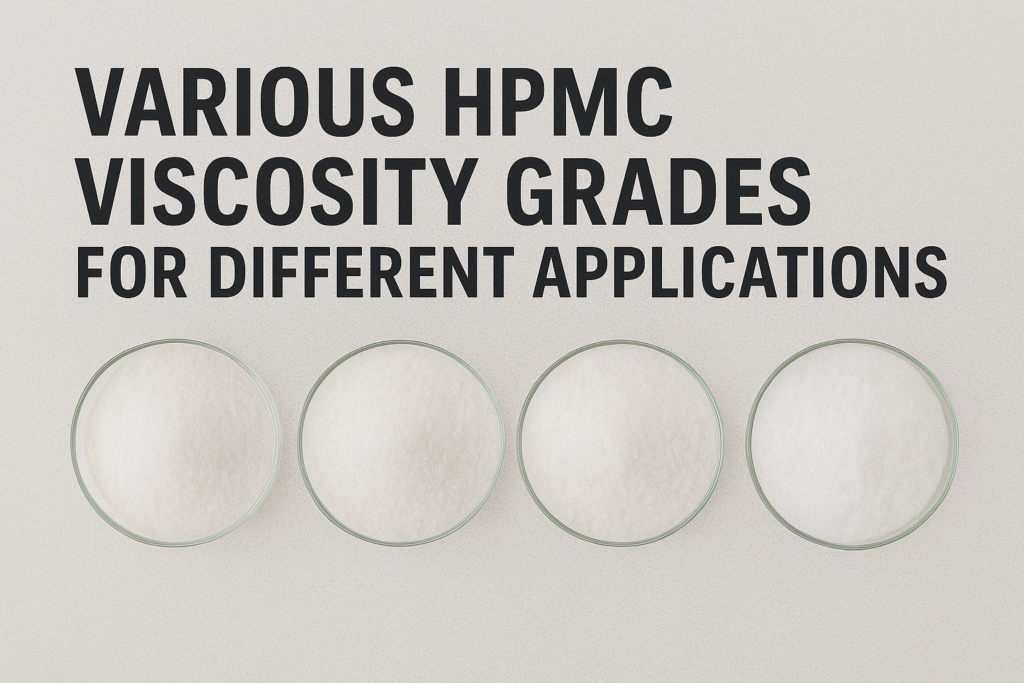
When consulting with customers about selecting the right HPMC grade, I always focus on matching the viscosity to their specific application requirements. The viscosity of HPMC is measured in millipascal-seconds (mPa·s) and typically ranges from 5,000 to 150,000 mPa·s for construction applications.
For tile adhesives, I typically recommend medium to high viscosity HPMC (40,000-100,000 mPa·s) because it provides the necessary sag resistance and extended open time. This ensures tiles have enough time to be properly positioned without slipping. During a recent project with a customer in Mexico, switching to a 75,000 mPa·s grade eliminated the sagging issues they were experiencing with heavy ceramic tiles.
For rendering and plastering applications, the viscosity needs are different. A lower to medium viscosity HPMC (15,000-40,000 mPa·s) often works best as it balances water retention with workability, allowing for smooth application while preventing premature drying. Many of my Middle Eastern customers prefer this range because it performs well in their hot, dry climate conditions.
Application-Specific HPMC Viscosity Recommendations
| Application | Recommended Viscosity (mPa·s) | Key Benefits |
|---|---|---|
| Tile Adhesives | 40,000-100,000 | Excellent sag resistance, extended open time |
| Renders/Plasters | 15,000-40,000 | Good workability, appropriate water retention |
| Self-leveling Compounds | 400 | Proper flow, minimal air entrainment |
| Jointing Compounds | 30,000-60,000 | Good consistency, crack resistance |
| Exterior Insulation Systems | 50,000-150,000 | High water retention, strong adhesion |
What Problems Can HPMC Solve in Dry Mix Mortars?
Are you dealing with mortar that dries too quickly or lacks proper adhesion to surfaces? These common issues can lead to cracking, poor bonding, and increased material waste on job sites.
HPMC solves multiple problems in dry mix mortars3 including poor water retention, inadequate open time, insufficient adhesion, high shrinkage, and difficult application. It creates more consistent mixtures that are easier to spread and more forgiving in challenging conditions.
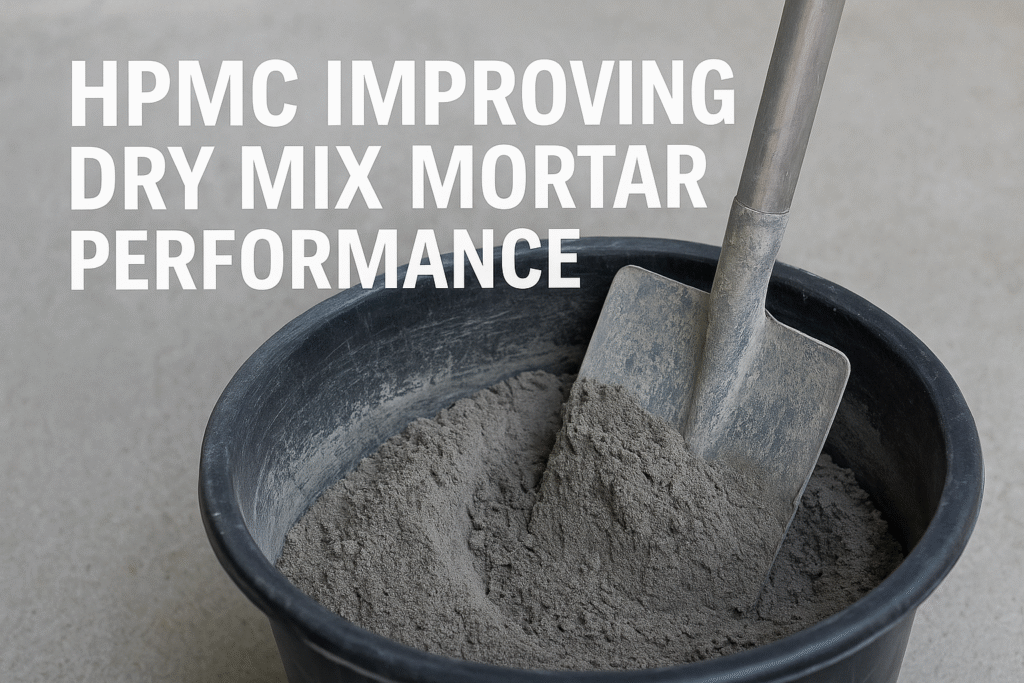
I often tell the story of a large mortar manufacturer in Pakistan who was struggling with product performance during their hot summer months. Workers were complaining about mortars drying too quickly, leading to weak bonds and wasted material. After we adjusted their HPMC content and selected a higher viscosity grade appropriate for their climate conditions, their application time window extended by nearly 40%.
HPMC addresses several critical issues in dry mix formulations by creating a protective colloidal system. This system helps regulate water movement within the mixture, preventing issues like bleeding (water rising to the surface) and segregation of components. The result is a more homogeneous material that applies consistently and cures properly.
For exterior applications, HPMC's water retention capability is especially important. It protects freshly applied mortars from rapid dehydration due to sun, wind, or high temperatures. Last year, when visiting a project in Dubai where temperatures regularly exceeded 40°C (104°F), I observed how our HPMC-enhanced renders maintained workability for over 30 minutes, while competing products without proper HPMC began drying at the edges within just 5-10 minutes.
HPMC Benefits in Different Mortar Types
| Mortar Type | Primary HPMC Benefit | Recommended HPMC Content |
|---|---|---|
| Masonry Mortars | Water retention, extended workability | 0.2-0.3% |
| Tile Adhesives | Open time extension, slip resistance | 0.3-0.5% |
| Renders/Plasters | Workability, crack reduction | 0.2-0.4% |
| Repair Mortars | Adhesion to old surfaces, cohesion | 0.3-0.6% |
| EIFS Base Coats | Adhesion to insulation, flexibility | 0.4-0.7% |
Conclusion
HPMC is a vital additive that transforms ordinary construction materials into high-performance products by improving water retention, workability, adhesion, and consistency. Selecting the right grade and dosage for your specific application can significantly enhance your product quality and customer satisfaction.
-
Explore this resource to understand how HPMC enhances construction materials and improves performance. ↩
-
Learn how viscosity affects the application and effectiveness of HPMC in various construction scenarios. ↩
-
Discover how HPMC enhances the performance of dry mix mortars and solves common issues. ↩
